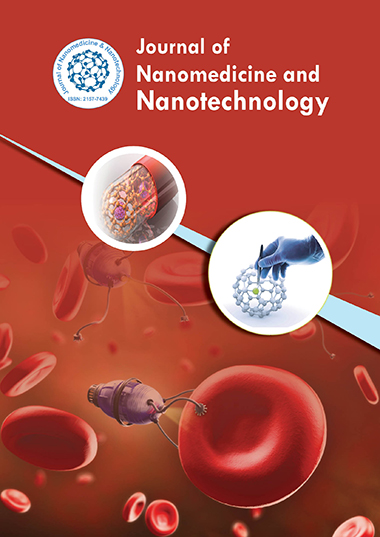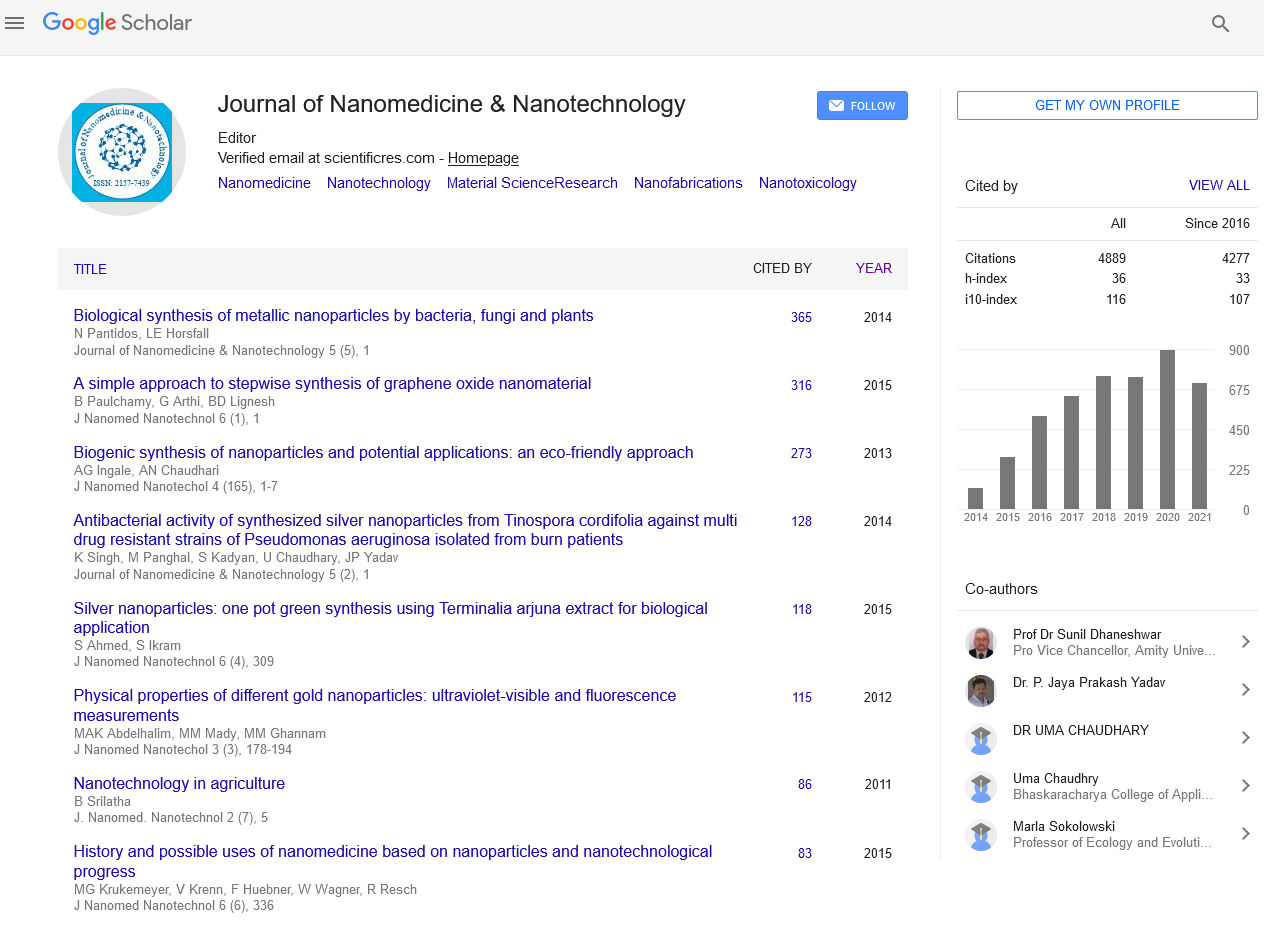Indexed In
- Open J Gate
- Genamics JournalSeek
- Academic Keys
- JournalTOCs
- ResearchBible
- China National Knowledge Infrastructure (CNKI)
- Scimago
- Ulrich's Periodicals Directory
- Electronic Journals Library
- RefSeek
- Hamdard University
- EBSCO A-Z
- OCLC- WorldCat
- SWB online catalog
- Virtual Library of Biology (vifabio)
- Publons
- MIAR
- Scientific Indexing Services (SIS)
- Euro Pub
- Google Scholar
Useful Links
Share This Page
Journal Flyer

Open Access Journals
- Agri and Aquaculture
- Biochemistry
- Bioinformatics & Systems Biology
- Business & Management
- Chemistry
- Clinical Sciences
- Engineering
- Food & Nutrition
- General Science
- Genetics & Molecular Biology
- Immunology & Microbiology
- Medical Sciences
- Neuroscience & Psychology
- Nursing & Health Care
- Pharmaceutical Sciences
Experimental analysis of low density polyethylene effect on the mechanical properties of polyethylene vinyl acetate for prosthetic and orthotic application
20th Asia-Pacific Nanotechnology Congress
July 23-24, 2018 Sydney, Australia
Yenealem Yilma
Ethiopian Biotechnology Institute, Ethiopia
Posters & Accepted Abstracts: J Nanomed Nanotechnol
Abstract:
In this comparative study, the effect of low density polyethylene and ethylene vinyl acetate loading ratio by melt blending with additives and without additives on mechanical properties for prosthetic and orthotic application was analyzed. To carry out this thermoplastic materials such as Low Density Poly Ethylene (LDPE), Ethylene Vinyl Acetate (EVA), color pigment, calcium carbonate, titanium dioxide and black carbon have been used as raw material to produce the sample in sheet form and to achieve comfortable prosthetic and orthotic application. The method used were blending, molding and testing of produced materials. Increasing the content of EVA and decreasing content of LDPE had effect on compatibility, tensile strength and elongation at break vice versa. The blended composite with additives have no significant effect on molding and without additive have significant effect on molding due to molecular mobility which leads shrinkage. The maximum tensile strength reached to 10.5 Mpa and minimum tensile strength reached 2.8 Mpa and the maximum elongation at break reached 469.8% and minimum elongation at break 40.2%.The other result are in between of these ranges, which have better than existing one has maximum tensile strength of 2.3 Mpa and elongation at break have 265%. The mean value of maximum tear load is 74.4 N/ mm and minimum tear load have 38.9 N/mm which have better result than existing one has 10.5 N/mm. Scanning Electron Microscope (SEM) test result showed that specimen with more filler and less content of EVA become poor in its morphology and compatibility.
Biography :
E-mail: Yenealemy@gmail.com


